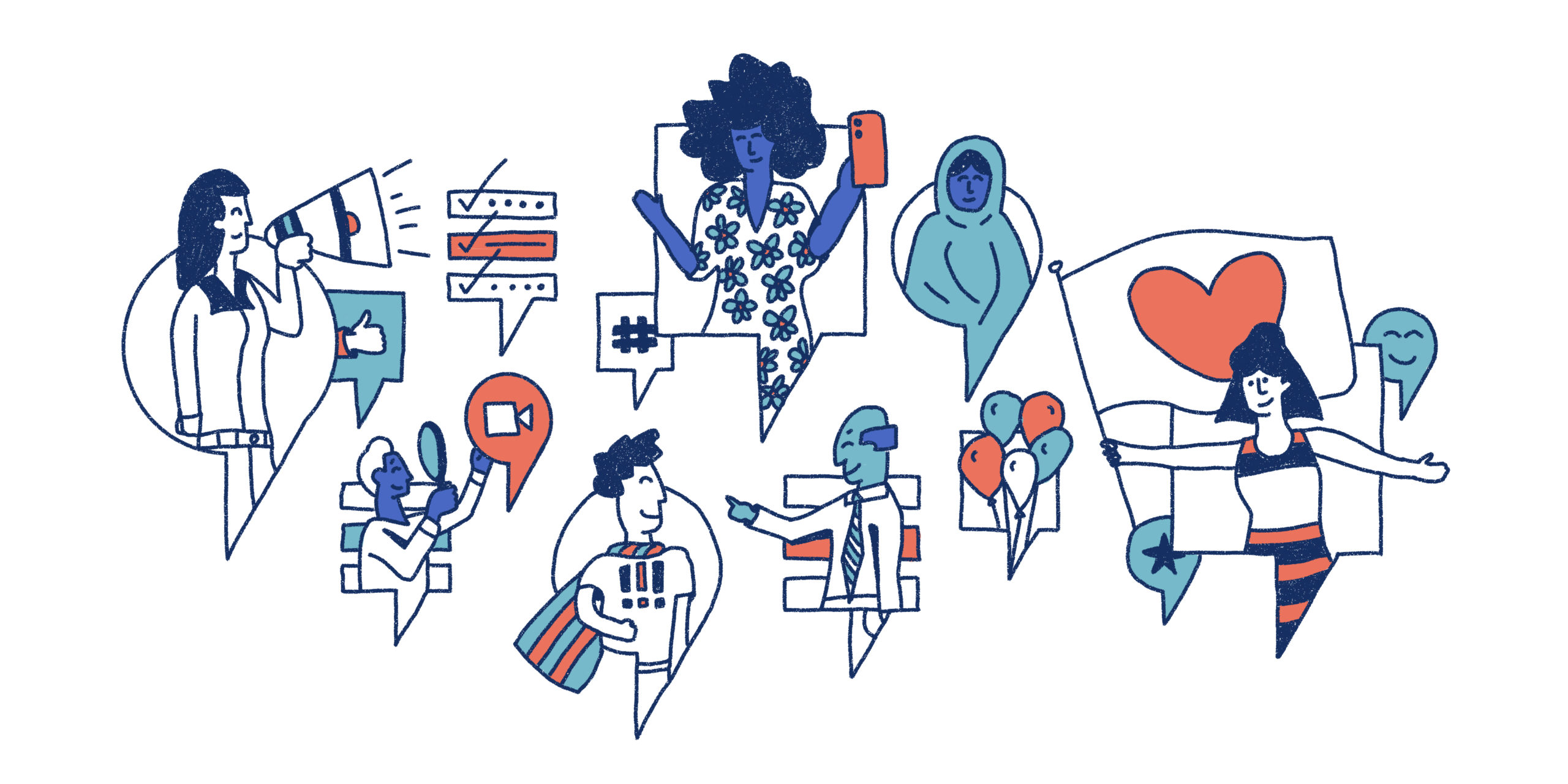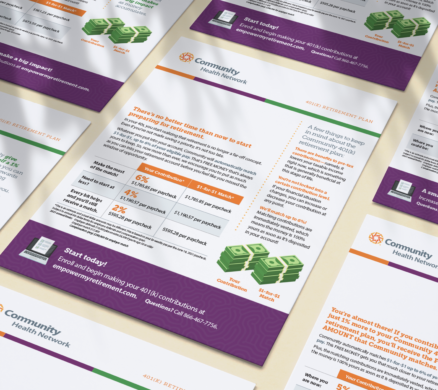
The demographics of today’s workforce has changed considerably in recent years—if not drastically in 2020 alone. In addition to more employees working from home (and many also managing e-learning for their kids), we’re seeing older employees who are remaining in the workplace longer. Also, national and world events are prompting companies to focus more on health and safety as well as diversity, equity and inclusion.
So what does that mean for HR and internal communications professionals? Simple: Your communications must keep up and reflect these changes. But as we all know, it’s not really simple. It takes much forethought, research and planning.
Here are five tips to get you started:
Know your audience.
Know things like age, gender, economic context, languages spoken, cultural aspects and education level. This knowledge will guide you, helping you customize communications and determining how your employee base best consumes information. The more you understand about the people you are trying to reach, the better you can communicate in a way that captures attention. Make sure your communication reflects your audience, showing employees of all ages, genders and backgrounds.
Determine the best communication channel or channels.
The one-size-fits-all approach does not work, so it’s critical you present the same information in various ways. Instead of sending out just an email, consider extending its reach by coordinating it with a conference call, intranet article, a video, text message or even an app. Presenting an idea in various media increases the chances that your message will be received. Different groups like to receive information in different ways, so meet employees where they are at. Consider the most and least effective ways for this person/demographic to receive info. Also give thought to the best and worst times to communicate—particularly if you’re dealing with multiple time zones.
Keep it straightforward—and authentic.
Business communication should be straightforward, clear and concise. It’s also important to be authentic. Authentic communication builds trust and encourages a sense of togetherness. And, ultimately, using candid and transparent communications is a show of respect for your employees.
Create communications avenues for remote employees.
Since employees may be outside of your firewall, ensure the communications you send are mobile-friendly and easy to read on the phone. You may also consider standalone portals for key information like benefit choices and open enrollment. That way it can be accessed anytime and by an employee’s spouse or partner as well.
Listen.
Employees have a need to feel heard. Employee surveys, focus groups or town hall forums are great ways to accomplish this on an organization-wide scale. Or it can be done more informally through managers and regular 1:1 meetings. All of these approaches give you the opportunity to nurture the company culture and strengthen the employee experience.
Albert Einstein once said, “The measure of intelligence is the ability to change.” We can be certain that change will continue both in the world around us as well as in our organizations. The secret to keeping up will be a willingness to evolve with all the changes. So be smart (per Mr. Einstein) with your communications—be aware of changes and know your audience!
Want to chat? Reach out at helloindy@westcomm.com or follow us @westcomm on LinkedIn for more insights.





